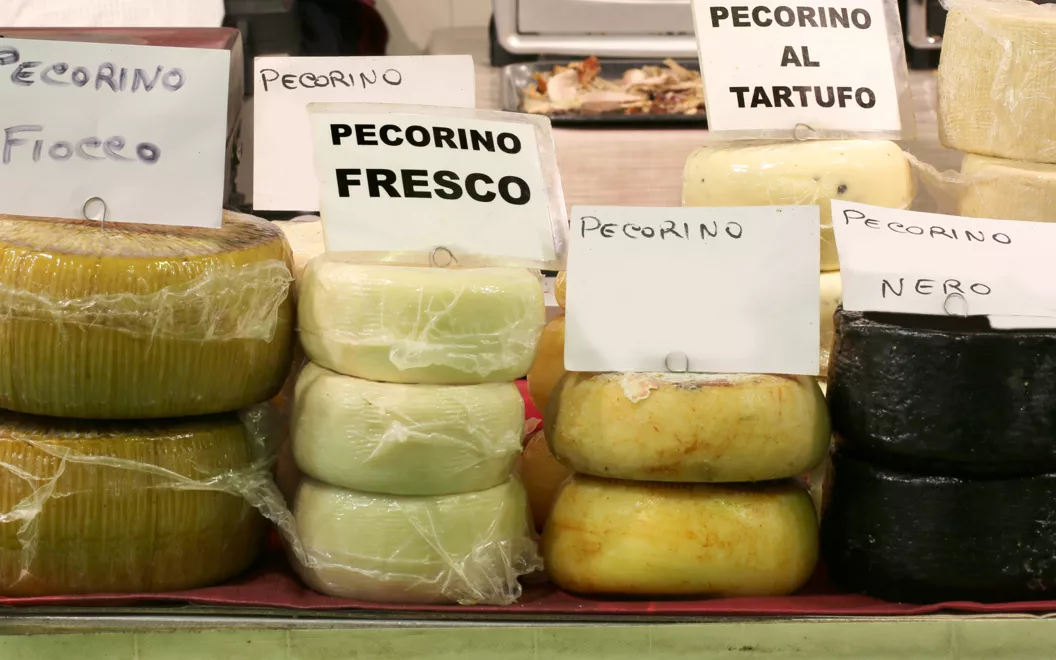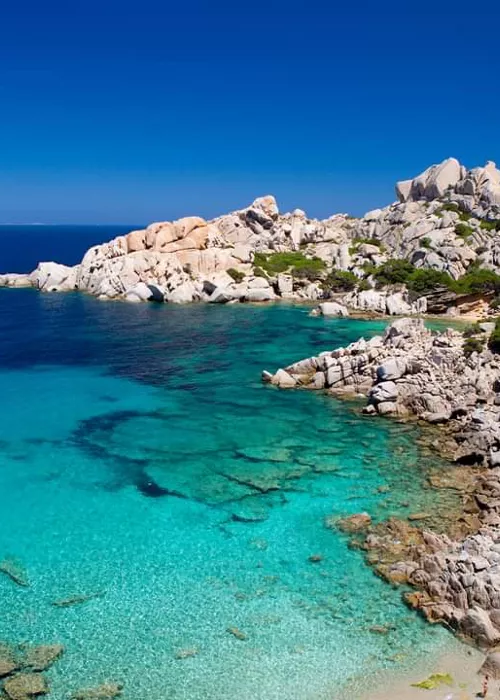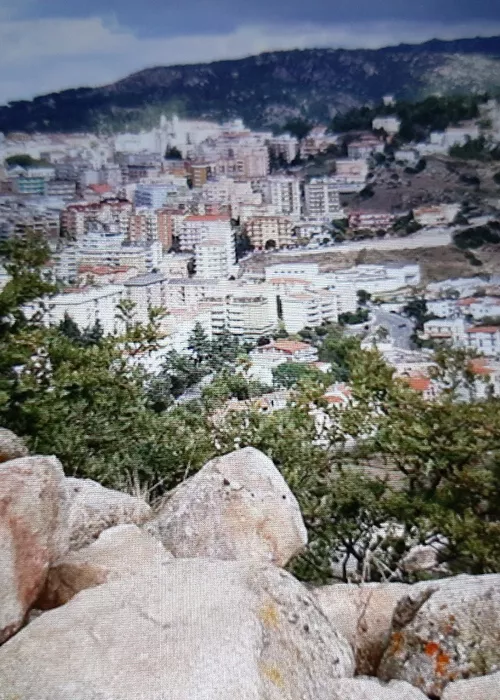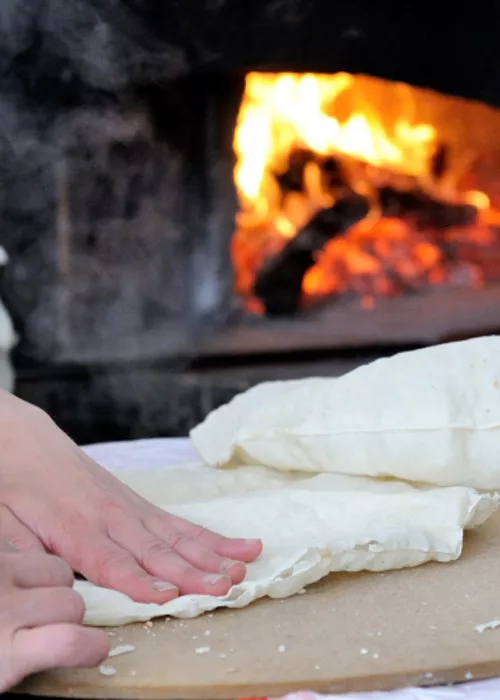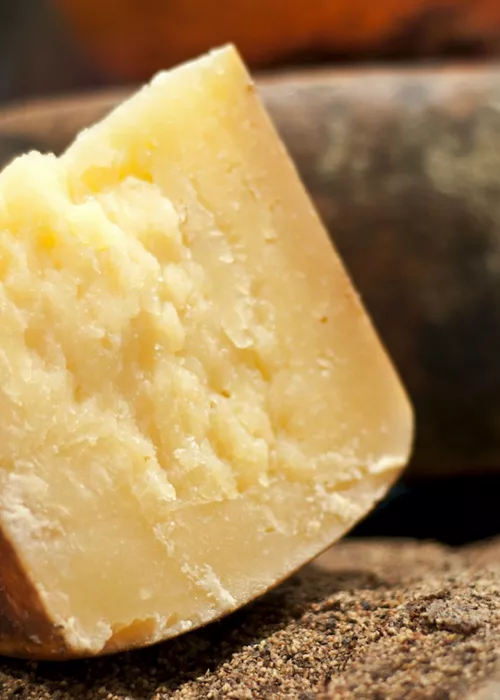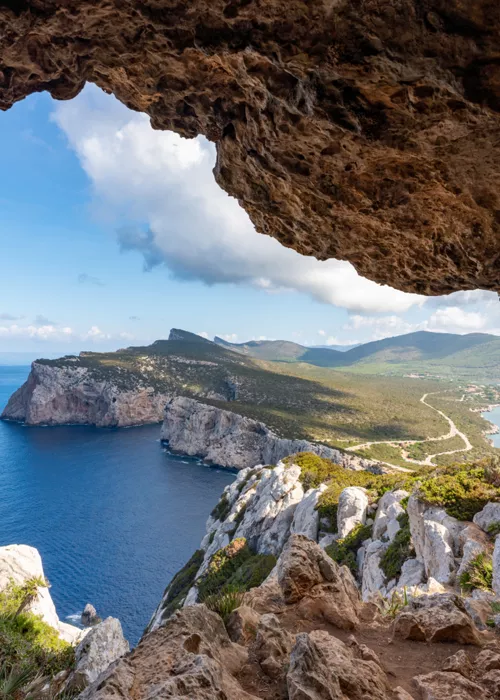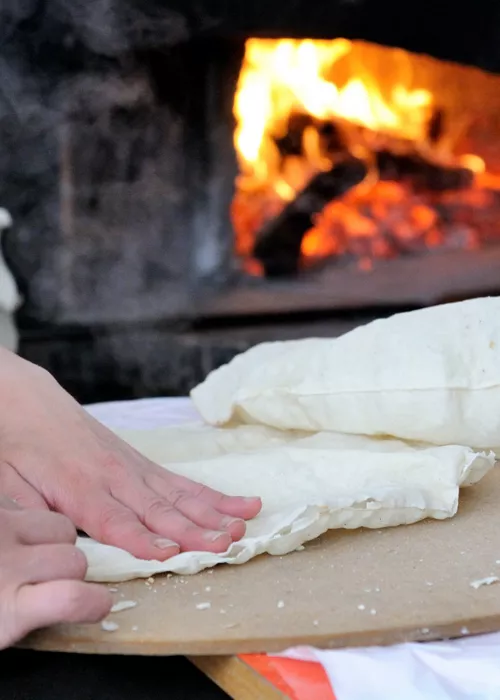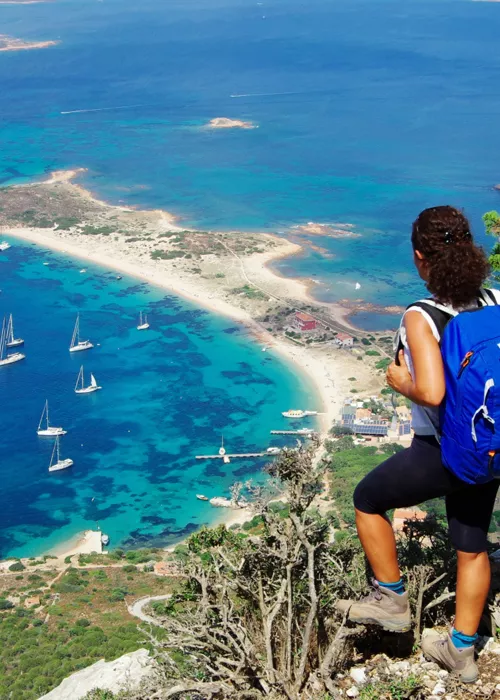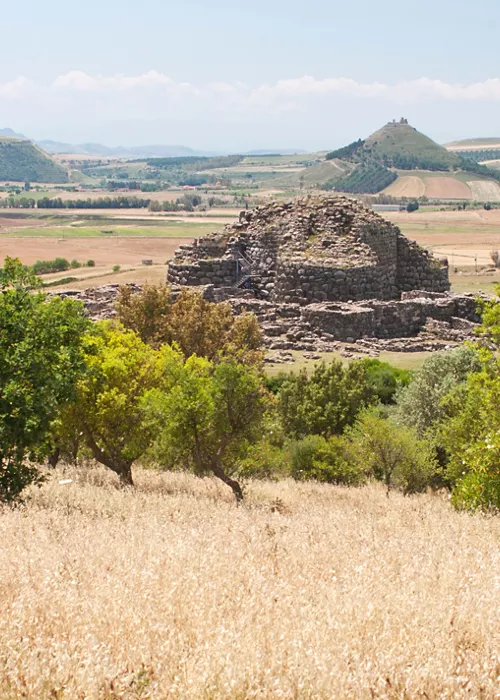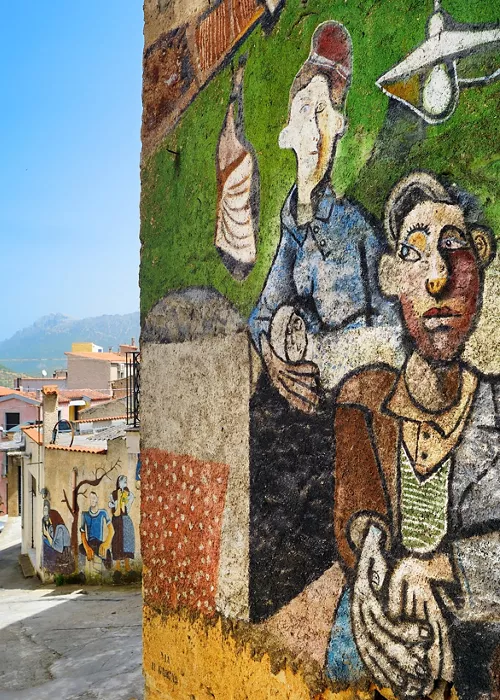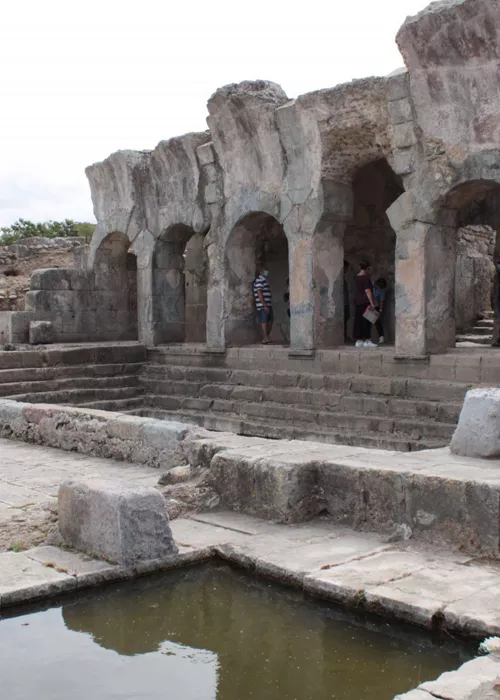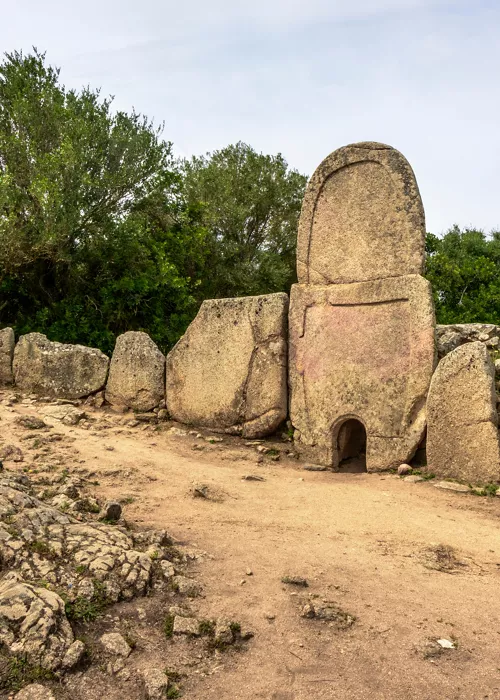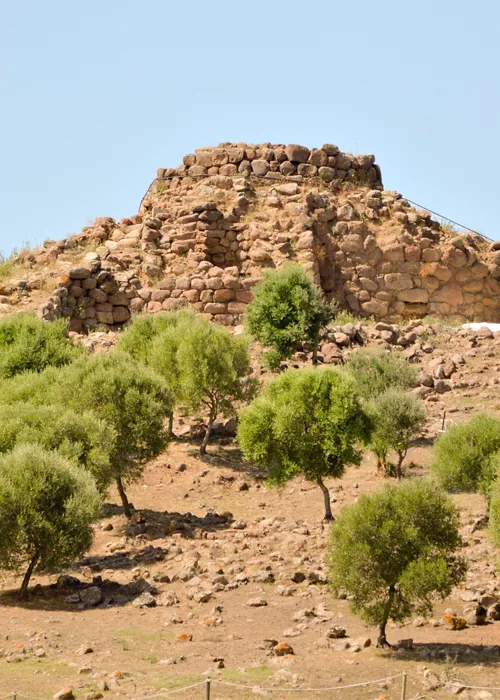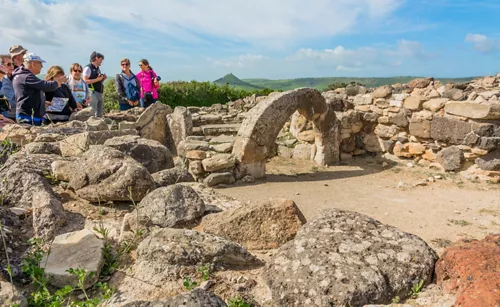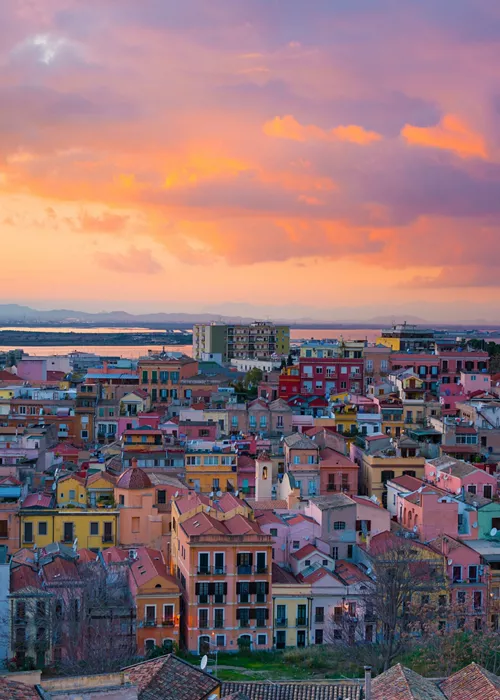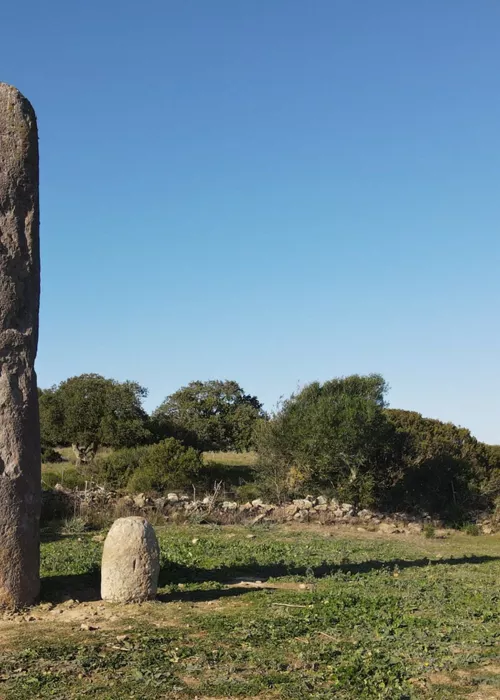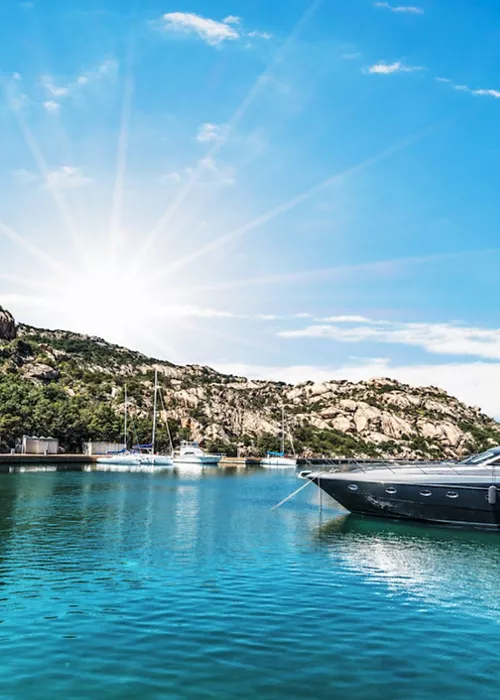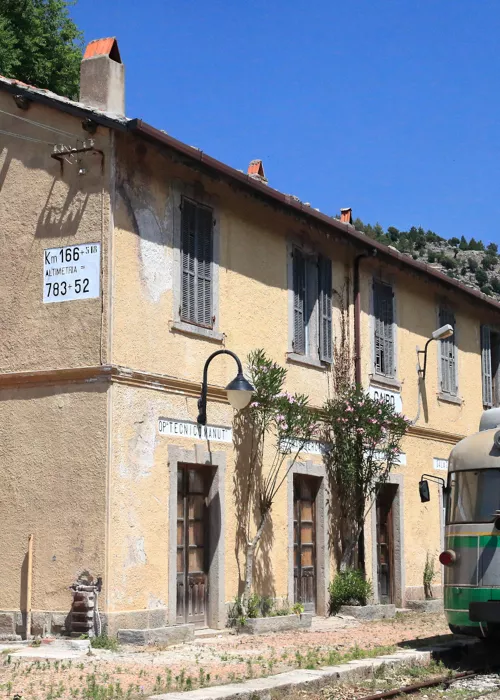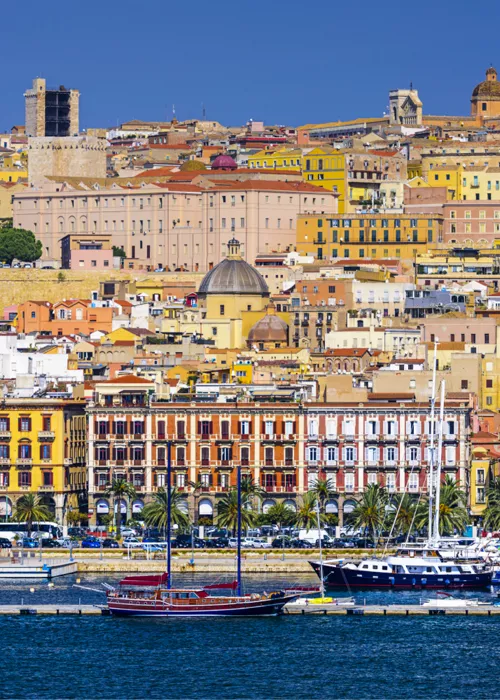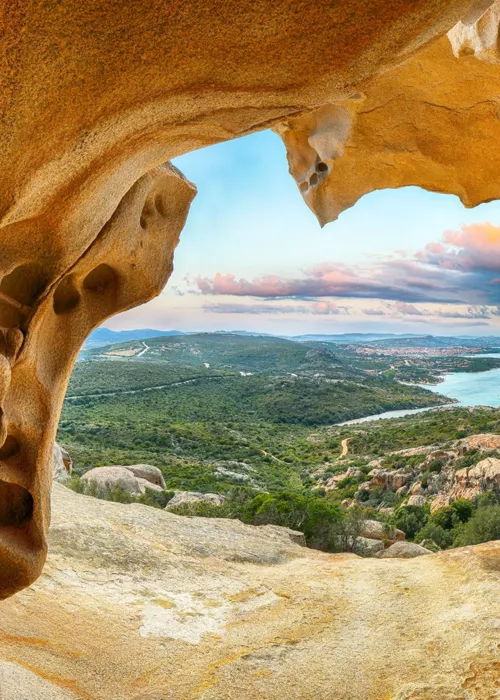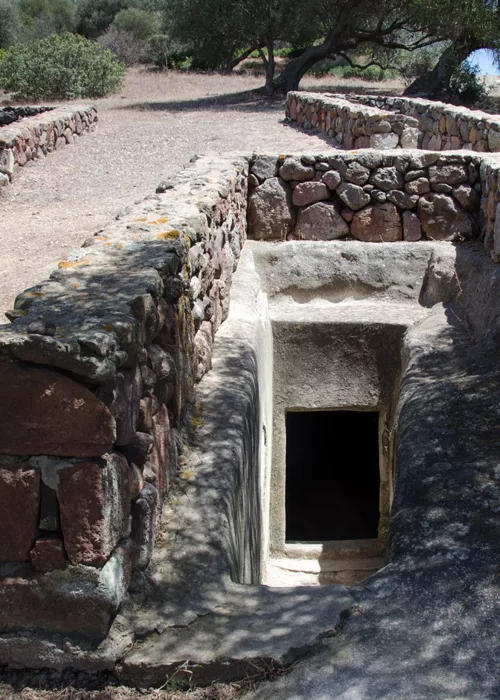The Sardinia region by way of Gino Sorbillo’s pizza
3 minutes
The history of Pecorino sardo cheese and other gastronomic wonders of Sardegna
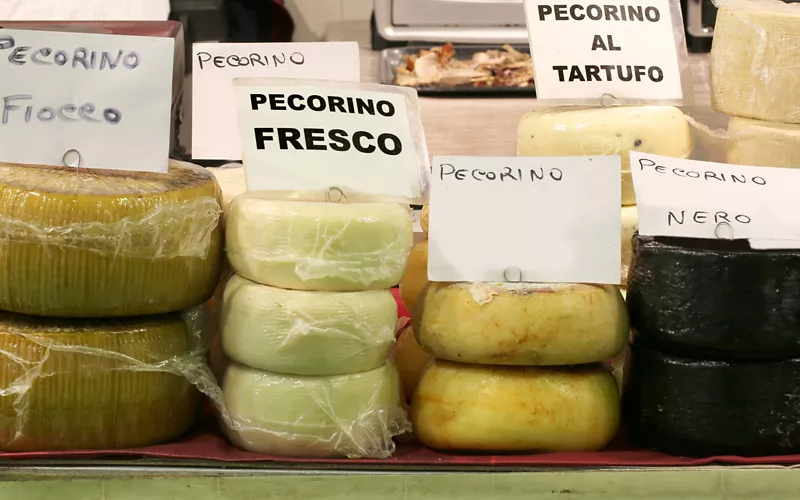
As early as the Bronze Age, five thousand years ago, the Nuragic civilization of Sardinia preferred to rear sheep rather than cultivate the land. Ever since then, this activity has never ceased, thanks to the climate and nature of the island, which, with its large meadows covered with flourishing vegetation and bushes, is a paradise for grazing sheep.
From this long history comes Pecorino Sardo PDO, a product of excellence and heir to an ancient cheese-making tradition. The first records of this cheese date all the way back to the late 18th century, when Rosso Fino cheese and Affumicato cheese were produced in Sardinia. Made from raw milk or milk heated with red-hot stones, both are now considered the ancestors of Pecorino cheese. It is no coincidence that there are also two types of Pecorino Sardo PDO: “Dolce” with its aromatic and sweet flavour, and “Maturo”, more mature, with a strong, spicy flavour.
Beyond Pecorino cheese
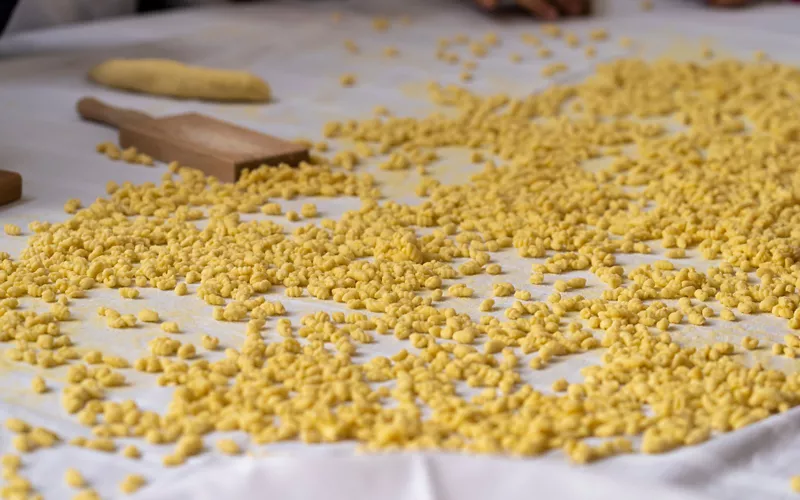
This cheese is an icon of Sardinian agri-food and is therefore at the heart of several traditional recipes, such as pecorino arrosto “roast Pecorino cheese”, a traditional farming dish of pane carasau bread and seasoned pecorino cheese, cooked over a wood fire. Pecorino cheese is also used to stuff “seada”, the island’s exquisite dessert, similar to a large ravioli made of semolina dough, fried and lathered with honey.
Pecorino cheese can also be used to flavour malloreddus, also known as “gnocchetti sardi”, a semolina flour pasta in the shape of small, ridged shells, served with a Campidanese sauce or a sausage sauce typical of the Campidano area.
Sardinian cuisine is bursting with artisanal pasta of different shapes and origins. For example, there are several versions of culurgiones, a stuffed pasta resembling a large ravioli. The most famous is Ogliastra, also recognised by Protected Geographical Indication, with a filling of potatoes, Pecorino cheese and mint; while in Gallura, lemon or orange peel is added to flavour the dough, and in Campidano, culurgiones are stuffed with ricotta cheese, egg and saffron.
Another type of pasta is maccarones de busa, also known as “ferrittu”, a thick, spaghetti-like pasta served with a meat or sausage sauce. Then there is fregula, an age-old semolina pasta that may have been introduced to the island thanks to trade with the Phoenicians. The small balls of fregula are seasoned with local Arselle or Vongole clams, or a tomato or meat sauce.
From Oristano come lorighittas, beautiful hand-braided pasta shaped like earrings that are traditionally prepared for All Saints' Day. Meanwhile, only in Nuoro can you find filindeu, a pasta eaten in a soup, together with sheep's broth and Pecorino cheese (which is made with sheep's milk), made of very thin threads that are then folded over each other.
The same fantastic variety of flavours and traditions that characterise fresh pasta in Sardinia can also be found in Sardinian desserts, which differ depending on the area. While the famous papassini with walnuts, sultanas and almonds are prepared all over Sardinia, only in Ozieri and Goceano can you taste copuletas, which are pastries filled with “sapa”, or cooked must, honey or jam and covered with white icing. Meanwhile, Nuoro is home to aranzada, a traditional dessert that is made with candied orange peels covered in honey and toasted almonds. And last but not least, we can’t forget casadinas, typical of the Barbagia and Logudoro areas, which are small cakes filled with fresh cheese and flavoured with lemon, and their smaller counterparts: pàrdulas, which are prepared in the Campidano area and are instead filled with ricotta and covered with icing sugar.

